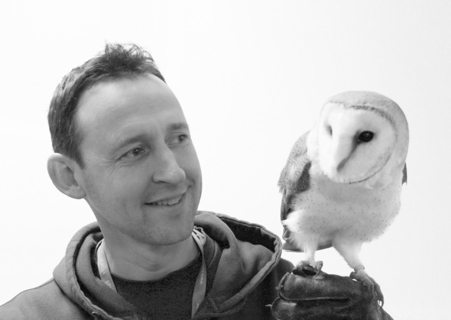The Hammersmith section of the London Network is mounting its first face to face event in over two years at our usual venue - Novotel London West.
This is a talk by Professor Richard Bomphrey of the Royal Veterinary College entitled "Would planes be better If they were more like birds?"
Novotel London West on Tuesday 15th March at 7pm. You will not be admitted unless you register before the event here:
https://events.theiet.org/events/solutions-to-engineering-challenges-from-bioscience-research/

Richard’s research blends biology and engineering. He uses biomechanics as a tool to investigate evolutionary biology and how the physical environment determines the morphology and control systems of flying animals. He has worked on the sensory mechanisms of insects and birds, including flow-sensing, load-sensing, and optic flow. Richard’s work uses advanced equipment to investigate animal flight and understand their aerodynamic footprints by observing the motion of smoke or bubbles floating in the air. He has applied insights from biology to aerial robots inspired by birds and insects. Richard joined the Structure and Motion Laboratory at the Royal Veterinary College, University of London, in 2013 after reading Biological Sciences at Exeter, undertaking a DPhil (PhD) in Oxford, postdoctoral positions in Oxford and Bath, and an EPSRC Fellowship. He is currently Professor of Comparative Biomechanics at the Royal Veterinary College and Vice Principal for Research. He describes his presentation as follows: